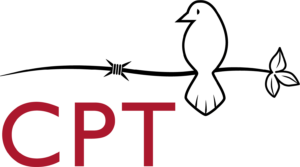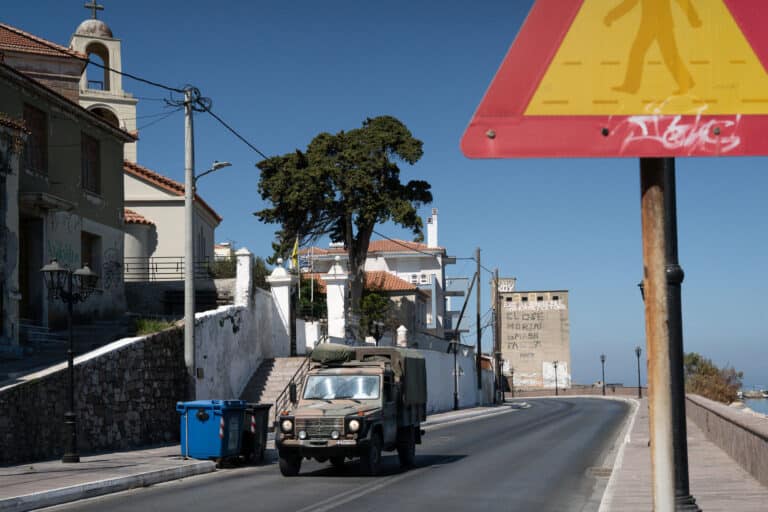by Peter Haresnape
Tannis Nielson stood at the front of the bus brimming with enthusiasm. “Welcome, everyone, to the Great ‘Indian’ Bus Tour of Toronto! What a great turnout. Somebody phoned me the other day to ask, ‘What’s the difference between this tour and a normal one?'” We waited expectantly for the answer. “About 11,000 years, baby!” the Indigenous artist and organizer cried. The passengers laughed and cheered.
Our guides, Phil Cote and John Johnson, deciphered the urban landscape as we moved through it, identifying old tracks and villages hinted at by modern streets and land contours. They spoke of enclosed rivers flowing below the city and forgotten burial mounds in the parks. I learned how lakes and rivers had shaped this area’s habitation before the arrival of European settlers. The waterways stretched far across the continent, bringing trade, immigration and conflict to the area. Toronto’s name comes from an Indigenous word referring to a “meeting” or “gathering” place, and though the rivers are now mostly hidden under the streets and transport takes other routes, Toronto remains a meeting place.
The gathering called the G20 hit Toronto like an invasion, with Chancellors, Prime Ministers and Presidents of the twenty richest countries meeting to regulate and define the global economy. While they made their plans, those on the outside endured police violence with baton charges, rubber-coated steel bullets, arbitrary arrests and enforced exposure to sun and rain. In the largest mass arrest in Canadian history, the police trapped over nine hundred people in steel cages for hours without sufficient access to food, water, medicine or sanitation. Those imprisoned experienced sexual abuse and racist insults while the G20 leaders were kept in seclusion and style at a cost of over a billion dollars.
I saw a city reshaped as a fortress, with miles of fences, thousands of armed guards and secret legislation targeting dissenters. The fence left with the delegates, but a common remark in the days following was “Toronto has changed forever.” As a newcomer to Toronto, I have no basis for comparison, but in the bus tour and the G20 I see the same processes at work. A centuries-long system of colonial dispossession and re-construction, and changes imposed on the city’s streets and inhabitants reveal the same attitude: the needs of the powerful surpass those of the people.
In this experience of the G20 shared by Indigenous and settlers, non-natives were given insight into Indigenous reality, living in an appropriated and changed environment. Non-natives trying to uphold human rights and dignity in the face of official indifference and force should realize how long Indigenous people have been engaged in the same struggle. As my eyes were opened by the Great “Indian” Bus Tour to this area’s colonial heritage, may the week of protest around the G20 encourage all who gathered here to better know their strengths and their responsibilities to each other and the planet.



